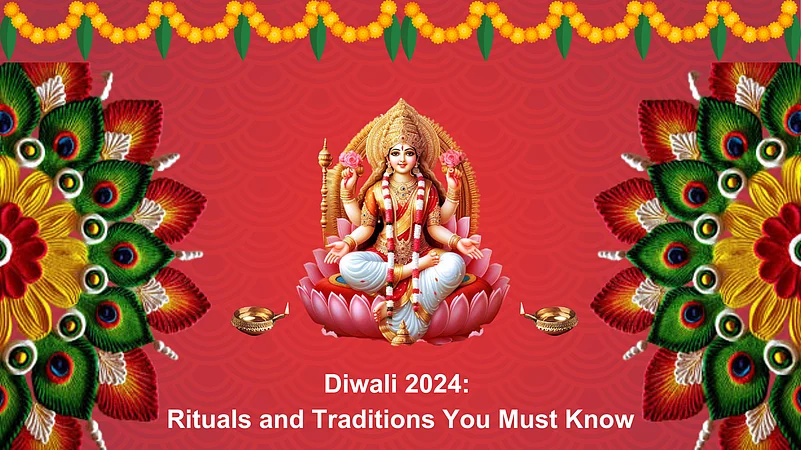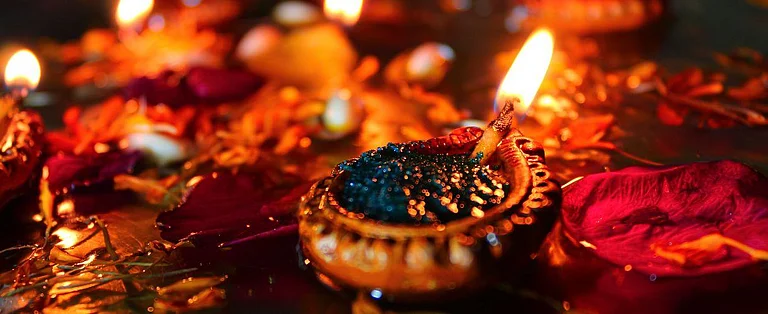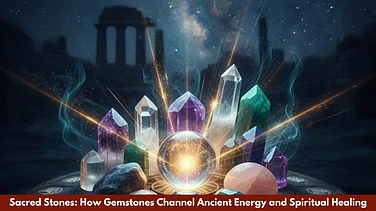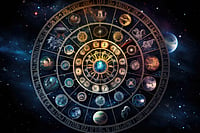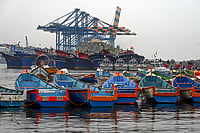Diwali, mostly known as the Festival of Lights, is a very important Hindu festival enjoyed all over the world. In different parts of the world, people celebrate Diwali in different ways, with different traditions and customs that show the victory of light over darkness, knowledge over ignorance, and good over evil. In this year 2024, Diwali starts on October 31 and lasts for five days because each day has its own meaning and rituals.
The 5-Days of Diwali Festivities:
Each of Diwali's five days has specific customs, rituals, and meanings, making the festival a blend of spiritual practices and community celebrations.
Day 1: Dhanteras - The first day of Diwali, Dhanteras, marks the beginning of the festivities and is dedicated to Lakshmi, the goddess of wealth. People clean and beautify their homes on the day of Dhanteras. People used to buy gold, silver, and other valuable metals as a sign of wealth.
Day 2: Naraka Chaturdashi (Choti Diwali) - Known as Choti Diwali or Naraka Chaturdashi, this day symbolizes Lord Krishna's victory over the demon Narakasura. As well as preparing for the main celebration that will take place the next day, it is a day for purification rituals. To protect themselves from negative energy and to purify their surroundings, families burn tiny lamps all about their dwellings.
Day 3: Lakshmi Puja (Main Diwali Day) - The most important day is the third one, which is called Lakshmi Puja. On this night, people think that Goddess Lakshmi walks around the world, and they light oil lamps to help her find their homes. It is believed that she travels the world. To welcome health, wealth, and success, people put on new clothes, decorate with rangoli and say prayers.
Day 4: Govardhan Puja - On this day, people honour Lord Krishna's protection over his devotees. This ritual commemorates Lord Krishna’s lifting of Govardhan Hill to protect villagers from heavy rains. In some parts of India, this day also celebrates the bond between husband and wife, where husbands give gifts to their wives as a sign of love.
Day 5: Bhai Dooj - On the last day of Diwali, known as Bhai Dooj. Through these rituals, the sacred relationship between siblings is honoured. Sisters apply tilak on their brothers' foreheads, and brothers give gifts as a token of protection and love. This ritual emphasises family bonds and the value of sibling relationships.
Diwali Rituals and Traditions:
Diwali is celebrated with a rich array of rituals and traditions that bring people together in their reverence for the divine and celebration of family and community.
Cleaning and Decoration of Homes:
The cleansing of houses is one of the first steps in the Diwali preparations. It is thought that this will cleanse the atmosphere, making it more inviting to Goddess Lakshmi. To elevate the joyful atmosphere, lights, oil lamps (diyas), and colourful rangoli designs are set up. The light from these lamps symbolises the dispelling of darkness and ignorance.
Lakshmi Puja Rituals:
Families perform Lakshmi Puja in the evening on the main day of Diwali to welcome the goddess of wealth into their homes. Gifts, flowers, fruits, sweets, and lit lights are frequently presented to the participants during the puja. The images of Goddess Lakshmi and Lord Ganesha that are put on a clean altar are the subject of prayers that are performed to obtain money, health, and happiness. Some of the activities that are included in the rite include reciting mantras, performing religious songs, and making offerings. The exact actions depend on the traditions of the area.
Lighting of Diyas and Firecrackers:
Lighting diyas or oil lamps is one of the most iconic Diwali traditions. They are arranged on windowsills, balconies, and doorways, illuminating homes with a warm glow that represents hope and positivity. In many parts of the world, fireworks and sparklers are also lit throughout the celebration to add to the celebratory mood. Greener celebrations of Diwali, such as reducing the number of firecrackers used, are becoming more popular as people become more conscious of the need to protect our planet.
Exchanging Gifts and Sweets:
At the time of Diwali, the ritual of giving gifts, which is a great way to bring people closer together as families, is very famous. People used to exchange gifts like candy, dried fruits, clothing, and household items to express their gratitude to each other. That's why during this time sweets like laddoos, barfis, and gulab jamuns are purchased in large quantities.
The Significance of Lights and Rangoli:
People celebrate Diwali by lighting up their homes, streets, and churches with lights to show that good has won over evil. People think that lights keep away evil spirits because they shine brightly and represent happiness.
Making Rangoli at the front door of a house with coloured powders, rice, or flowers is another beautiful custom at the time of Diwali. These geometrical layouts are meant to welcome guests and the goddess Lakshmi into our house. They also give people a way to pray for wealth and happiness. Rangoli frequently features geometric patterns, floral themes, and occasionally mythological symbols.
How is Diwali celebrated across India?
India’s diverse regions each celebrate Diwali with unique traditions:
North India: Celebrations are grand and often involve elaborate Lakshmi-Ganesha Puja and lighting of homes with diyas and electric lights. Fireworks and family gatherings are common, along with feasts and sweets.
South India: Naraka Chaturdashi is another name for the Diwali celebration, which honours Lord Krishna's achievement against Narakasura. Among the all procedures, there are some traditional delicacies, like wearing fresh clothes, having sweets and exchanging gifts with family members. In Tamil Nadu and Karnataka, families honour ancestors with special prayers.
Maharashtra and Gujarat: The festival is celebrated as a time of new beginnings, with people engaging in rituals such as Govardhan Puja and performing business-related pujas. In Maharashtra, Bali Pratipada is observed to honour King Bali.
West Bengal: For welcoming home Maa Kali, the people of West Bengal celebrate Diwali. They pray for protection and the elimination of impediments, and worshippers execute rituals with the use of lights, incense, and flowers.
Astrological Significance of Diwali:
Astrologically, Diwali is celebrated on Amavasya (new moon night) of the Hindu month of Kartika. The time of Diwali actually signifies a special period when people used to think about new beginnings, spiritual growth, and setting intentions for the year ahead. In this time of cosmic darkness, the lit lamps represent light, which amplifies the energies of hope, happiness, and plenty among the minds of devotees.
The position of planets and the new moon in Kartika brings prosperity, making it an ideal time for financial rituals and prayers for wealth. People believe that the vibrations from the rituals conducted on Diwali have a positive influence on the surrounding energy.
Eco-Friendly Diwali Trends:
With increasing awareness of environmental issues, many families are opting for eco-friendly Diwali practices. This includes using biodegradable or reusable diyas, reducing firecrackers, and promoting sustainable decorations. Our obligation to safeguard the earth is reflected in these environmentally friendly alternatives, which commemorate the spirit of Diwali while also being environmentally conscious.
Diwali is a celebration that transcends religious boundaries, with people of various faiths participating in the festival’s festivities. Its customs and practices stress the importance of being thankful, caring for others, and being positive. This creates a sense of unity and a shared celebration. Diwali is a time to remember how lucky we are and how important family, faith, and love are. Homes are decorated with diyas and sweets smell great. As we share sweets and light a diya, Diwali traditions remind us to bring more happiness, gratitude, and positivity into our lives.







